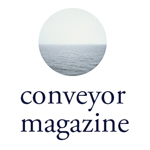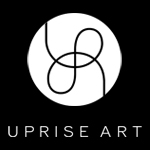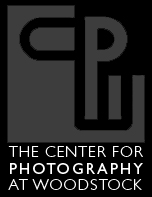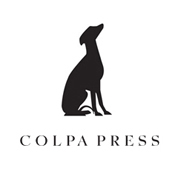Happenings: Pieter Hugo at Yossi Milo Gallery
Conveyor Editor-At-Large, Elizabeth Bick, explores Pieter Hugo’s seductive yet challenging work, Permanent Error, on display at Yossi Milo from September 8th through October 29th. Earlier this year, Prestel Press published a book of the work under the same title.
In his most recent project, Permanent Error, Pieter Hugo takes photographs of a technological wasteland that sits just outside of a small Ghanaian town called Agbogbloshie. The land is filled with digital debris of all kinds, including motherboards, cell phones, video games, and wiring. All of the technology is sent to Ghana broken or obsolete as a “donation” from companies and organizations in the United States and Europe.
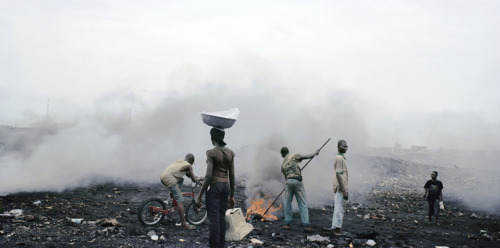
The depicted post-apocalyptic landscapes are inhabited by people who wander across the wasteland, sifting through mercury, PVC, and lead, looking for material to burn and sell as scrap. According to Frederica Angelucci, who wrote the essays for Hugo’s recent book on the project, “The area, on the outskirts of a slum known as Agbogbloshie, is referred to by local inhabitants as Sodom and Gomorrah, a vivid acknowledgment of the profound inhumanity of the place. When Hugo asked the inhabitants what they called the pit where the burning takes place, they repeatedly responded: ‘For this place, we have no name’.”
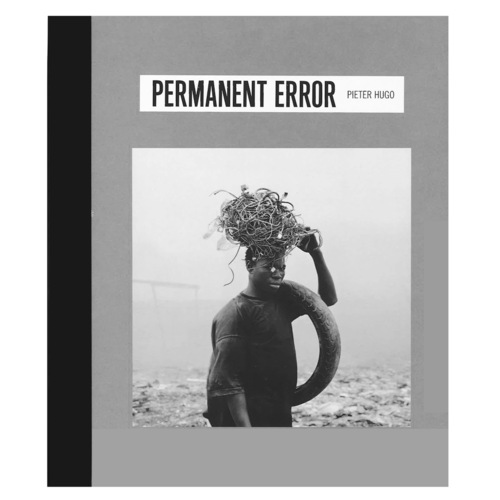
The exhibition of the work at Yossi Milo creates a visually charged window into another world. Typical of Hugo’s installations, life size or larger-scaled works sit in pristine white frames, dramatically contrasting the subject matter.
Standing before the series, it is difficult to fathom how exactly these images of inhumane living conditions fit into a gallery setting. The stunning photographs surface potentially unfamiliar environmental issues, yet, the works are being sold as commodities. We return to this question: is turning a painful situation into a set of aesthetically seductive photographs the most effective way to represent such a message to an audience? “There is no idyllic seasonal harvest in this vast dump of discarded technology,” Angelucci writes, “there is no chanting, no sign of festive gatherings at the end of a long day.” Likewise, perhaps there is no idyllic way to depict this wasteland.
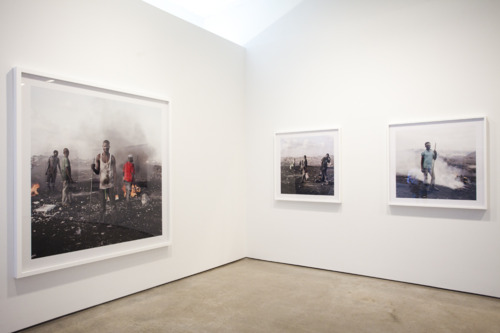

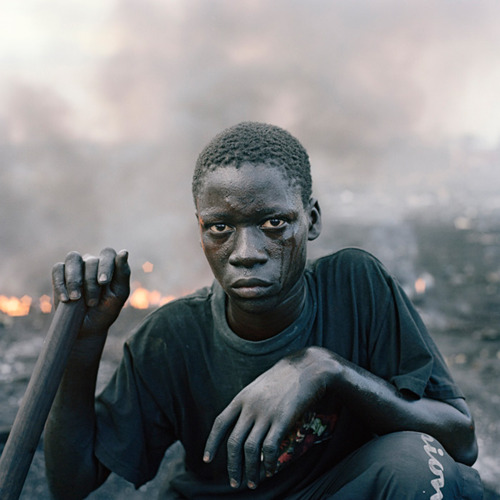
In the world of documentary photography and photojournalism, the jury is still out. Earlier this year, at the Photographic Universe Conference in New York City, photographer Andrea Geyer and professor Susie Linfield attempted to deconstruct the uncomfortable relationship between tragedy and representation. Click the links below to learn more about the conference and Geyer and Linfields discussion.
Click for Video Footage
http://photographicuniverse.parsons.edu/main

